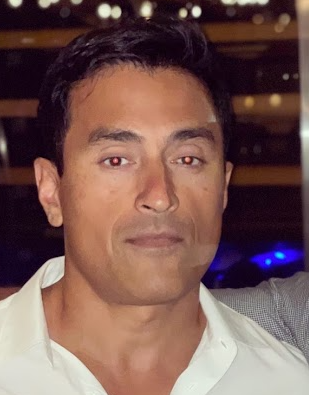Non-Vascular Radiology Procedures Simplified by Dr. Andrew Gomes
Non-Vascular Radiology Procedures Simplified by Dr. Andrew Gomes
Blog Article

The Transformative Energy of MRI in Neurology
Magnetic Resonance Imaging (MRI) has changed the area of neuroimaging by giving extremely detail by detail images of the brain and spinal cord. Unlike old-fashioned imaging strategies, MRI uses strong magnetic areas and radio dunes to create three-dimensional images, making it an invaluable instrument for detecting neurological conditions. With the ability to imagine soft areas with excellent clarity, MRI aids in identifying tumors, irritation, and different abnormalities that are often overlooked by other techniques. Dr. Andrew Gomes highlights MRI as a cornerstone in contemporary neurodiagnostics.
The Role of Diagnostic Radiologists in MRI
Diagnostic radiologists are specialists trained to understand the complicated photos created by MRI scans. Their knowledge is crucial in unique between normal and pathological studies, guiding treatment choices for a wide selection of neurological conditions. Non-vascular interventional radiologists get a step further by using MRI to execute accurate, minimally intrusive procedures. By leveraging MRI data, they are able to goal certain parts for biopsy or therapy, reducing individual chance and increasing outcomes. In accordance with Dr. Andrew Gomes, the integration of MRI into interventional radiology is a game-changer in individual care.
Dr. Andrew Gomes'Ideas on Sophisticated MRI Methods
Dr. Gomes is a respected advocate for the constant growth of MRI technology. He stresses the significance of advanced MRI practices such as for instance useful MRI (fMRI) and Diffusion Tensor Imaging (DTI). These practices give extra layers of information, including brain task and neural pathways, which are essential for understanding complex neurological disorders. Dr. Gomes believes that integrating these advanced techniques in to schedule diagnostic techniques promotes the reliability of diagnoses and the potency of treatment plans.
The Future of Neuroimaging and Individual Care
As MRI engineering remains to evolve, their programs in neuroimaging are expanding. Future developments may contain higher-resolution imaging, faster check times, and more comprehensive information integration. These developments offer to help increase diagnostic accuracy and treatment outcomes. Radiologists like Dr. Andrew Gomes Sugar land tx are in the forefront of those inventions, ensuring that the newest MRI technologies are harnessed to provide the best criteria of patient care. Through continuing study and scientific software, the future of neuroimaging holds the potential for even more innovative discoveries and improved patient outcomes.
Report this page